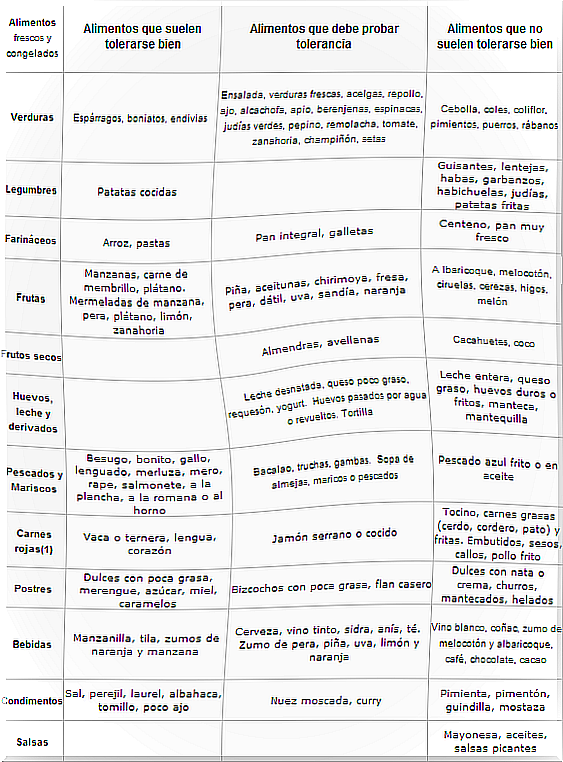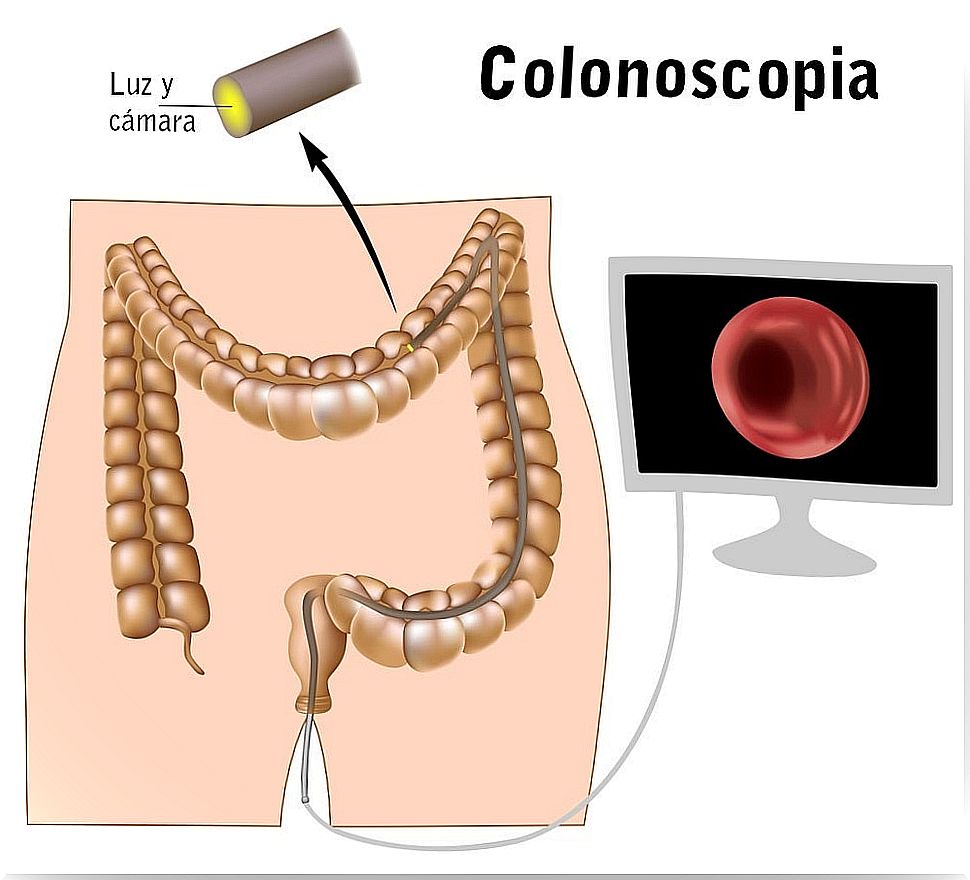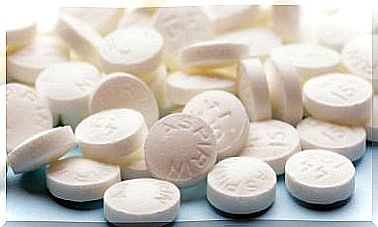Common Colon Diseases: How To Prevent Them?
The colon is a part of the large intestine. It is a long and wide tube at the end of our digestive system.
In this article we share the most common diseases that affect this organ. We also detail how we can prevent them.
Colon
For starters, the colon is roughly 1.5 meters long. It carries out the terminal phase of digestion. Takes chyme (digested food) from the small intestine to finalize absorption.
Later, it changes the liquid state of the chyme to solid to turn it into feces. Therefore, its main function is the storage of solid waste to be evacuated later.
When the colon does not work well
Sometimes the stool is not passed normally. The colon then continues to absorb water, the waste becomes hard, and constipation occurs.
There are conditions that do not allow its correct operation. And in some cases they can cause colon cancer. This type of cancer is more common in people over 50 years of age. Especially in those with risk factors and a family history.
Colon cancer in its early stages can be asymptomatic. Therefore, we urge you to have routine exams for the early detection of any abnormality. Colon cancer diagnosed in its early stages has a good prognosis, but late-stage ones do not.
Most common diseases that affect the colon
These diseases include:
- Ulcerative colitis
- Intestinal polyps.
- Diverticulosis
Ulcerative colitis
It consists of an inflammatory disease of the large intestine and rectum. Ulcers appear inside the colon.
Ulcerative colitis is a chronic disease, and can have long periods of remission. The active periods of the disease are called flare-ups.
This pathology can lead to serious complications that can even be life-threatening. Some of them are, for example:
- Dehydration
- Hemorrhages.
- Perforation of the colon.
- Risk of blood clot formation.
- Osteoporosis.
Also, ulcerative colitis increases the risk of colon cancer. Therefore, it is important to prevent it, detect it early and try to treat it properly.
Causes and symptoms
Its cause is not known. It usually occurs before age 40, but it has also been diagnosed in older people. Stress and certain foods can trigger ulcerative colitis, although they are not the cause.
It appears to have an immune basis, since tolerance to common intestinal antigens is lost. The symptoms that it presents are diarrhea, sometimes with blood and pus, pain in the abdomen, fever, rectal pain and weight loss.
Diagnosis and treatment
Laboratory tests are used for diagnosis. Radiological exploration and endoscopy are performed, among others.
No cure has been found except through removal of the affected colon. Conventional treatment consists of the administration of medications that reduce inflammation and prevent further attacks.
Tips to prevent it
Because the cause is unknown, the prevention is also unknown. Then the most viable option would be to avoid the triggers of the disease.
Due to the poor absorption of nutrients suffered by those who suffer from this ailment, a balanced diet is recommended. Eat fruits and vegetables, nuts, milk, eggs, oily fish, and whole grains.
The foods that the doctor may recommend avoiding are legumes, fatty meats, alcoholic beverages, condiments and sweets. The following table can be followed.

Intestinal polyps
They are lumps or an abnormal growth on the surface of the colon. Most polyps are benign, but they can also be or turn into cancer.
In general, they are asymptomatic. They are discovered when an examination is done for another reason. They are found and can be removed by colonoscopy. They can be of hereditary or non-hereditary origin.

Symptoms, tests and prevention
In case of symptoms, they may be the following: anal bleeding, constipation or diarrhea of more than a week, blood in the stool.
The correct way to avoid the transition is to remove them to prevent them from becoming carcinogenic. People who have had polyps removed should undergo endoscopic controls. The ideal is every 1, 2 or 3 years to rule out new appearances.
There is no certainty when it comes to talking about how to prevent polyps. However, the risk of its development can be reduced with diet.
We should eat more fruits and foods rich in calcium. In addition, we must avoid alcohol and cigarettes. And finally, avoid excess weight.
Diverticulosis
They are mucosal bags herniated through the muscle layers at weak points in the colon wall. It is common with advancing age and can present without symptoms.
Constipation is one of the main symptoms. Abdominal discomfort and fistulas can also be suffered.
Causes
The weakness of the intestinal muscle because u na diet low in fiber. This may be related to the appearance of this disease.
Fiber makes bowel movements more frequent and this exercises the intestinal muscles. A diet low in fiber has repercussions by making the muscles of the intestine weak due to a decrease in their activity, also causing the annoying constipation.
Family history also predisposes you to suffer from this ailment. These people have a weaker intestinal wall.
What can be its complications?
- Acute diverticulitis: An inflammatory process caused by an infection.
- Bleeding: Patients with diverticulosis may bleed. They can be hidden fecal leaks or massive rectal bleeding.
- Perforation : When the diverticulum is inflamed it can become perforated and cause life-threatening infections.
Treatment and prevention
Treatment is carried out in the event of an episode of diverticulitis, with the use of antibiotics to eliminate the infection. In more serious cases it can lead to hospitalization and even surgery.
To prevent we must pay attention to food. A diet rich in fiber to avoid constipation and keep the muscles of the intestine active and strengthened.
In case of suffering any of the symptoms referred to in each pathology, see your doctor. Remember that an early detection predicts a better evolution and recovery of health.









